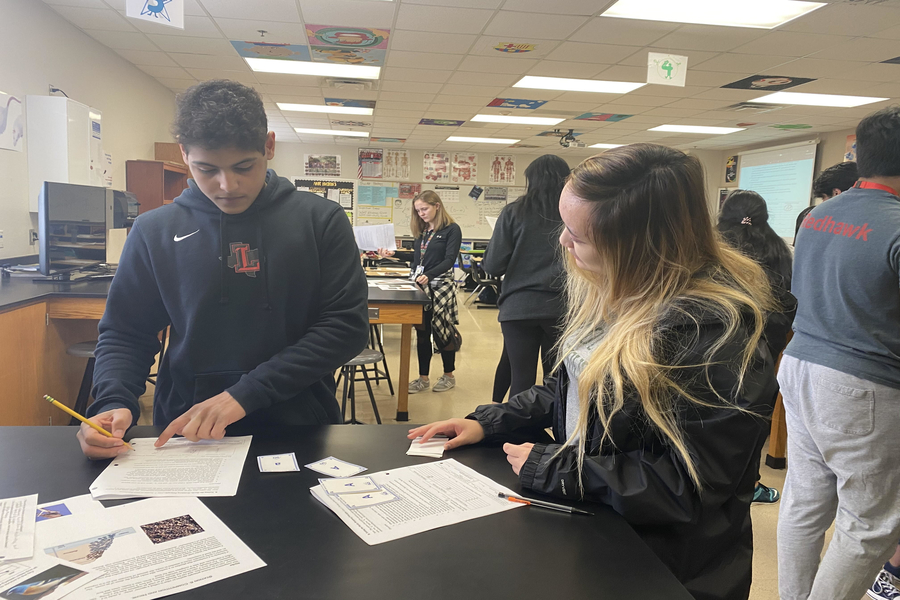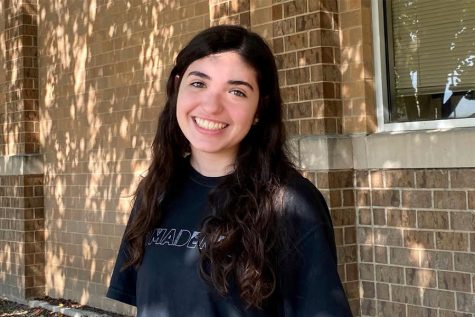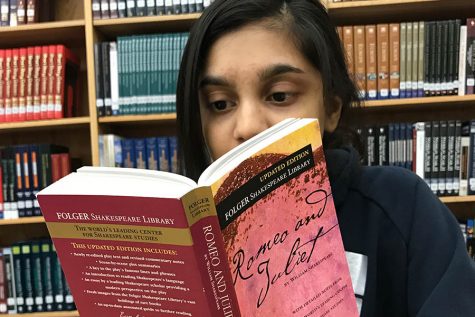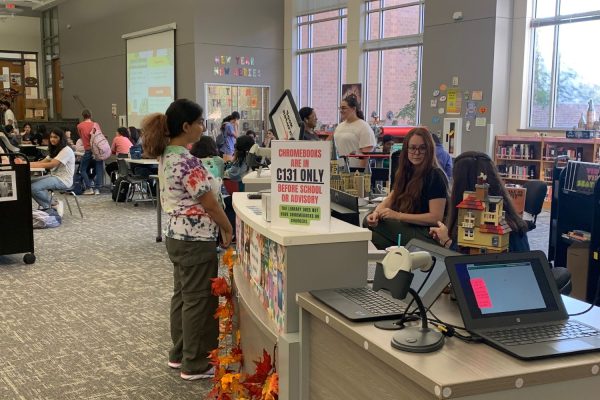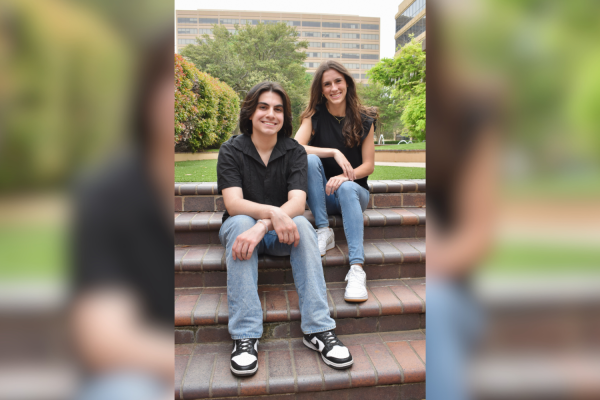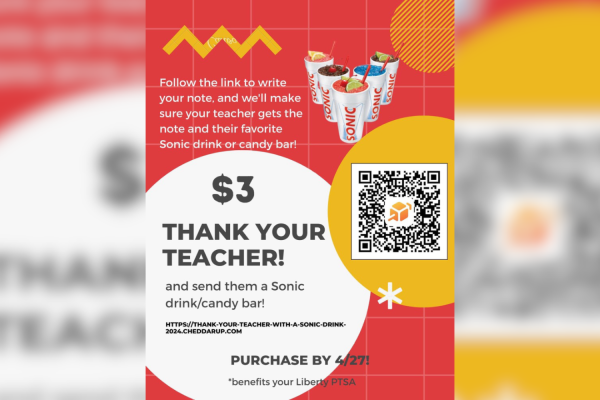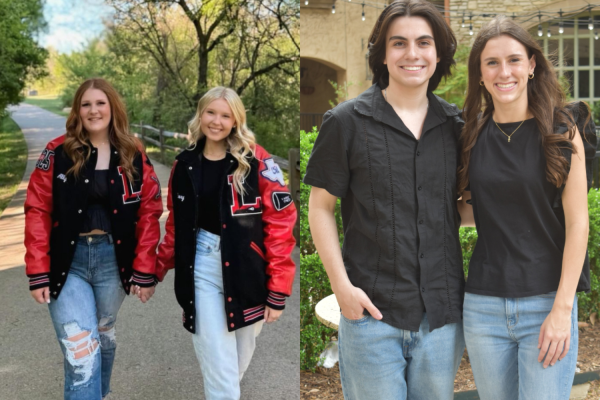Flow of genes shows students the process of evolution
Juniors Chris Jones and Hannah Lee work through allele cards as a way to simulate the flow of genes in their AP Biology class. “We are simulating what we call Hardy-Weinberg equilibrium, and we are trying to see how the genes in a population can change depending on the conditions,” teacher Chris Ham said.
February 20, 2020
For the inauguration of their evolution unit, AP Biology students got the chance to learn about the flow of genes on Wednesday and Thursday. Simulating the mating process through allele cards, students randomly selected an allele and exchanged with another classmate to find the gene that would be passed to their offspring.
“We are simulating what we call Hardy-Weinberg equilibrium, and we are trying to see how the genes in a population can change depending on the conditions,” teacher Chris Ham said. “So for example, if a disease is passed to a baby that is not gonna grow, then that will change the genes. So it shows you that overtime, genes can change depending on what genes are good and what genes are bad.”
The project allowed students such as junior Kirin Parikh to better visualize the process of evolution.
“We’re doing random mating with other people with cards, and we see what the first offspring and the second offspring are,” junior Kirin Parikh said. “I think because we’re actually doing it and we’re seeing it in action, it helps us understand better and connect with it by physically doing.”
The activity was instituted in hopes of learning about gene variation in a more active and visual way.
“It helps them see that genes can actually change with their own two eyes,” Ham said. “We are going to start with an even gene, and then as time goes on, they’re going to shift towards one side so they can actually see this change of genes overtime in real life.”
Students like junior Kiaree Waller enjoyed the change of pace as it was more entertaining.
“I liked that we get hands-on experience instead of just sitting down taking notes, because it can be boring to do that,” Waller said. “I learned that there is a lot of genetic variation depending on the evolution and mutation.”



